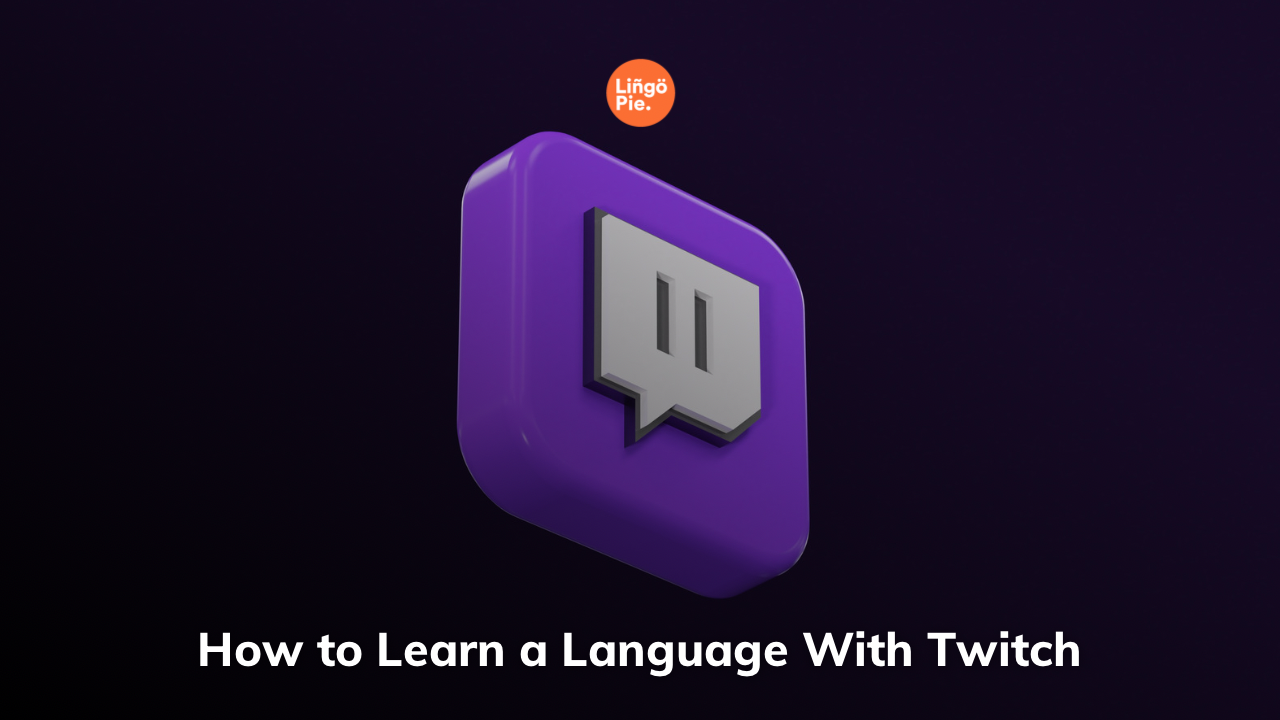In our interconnected world, language learning is important for communication and cultural understanding.
This article delves into the differences between language acquisition in children and adults, highlighting the unique challenges and advantages each group faces.
When you understand these distinctions, you can tailor your language education to your specific needs, or the learning style of your child. We will also explore awesome online resources for language learners.
The article emphasizes the importance of immersion, exposure, motivation, and the use of various resources such as language learning apps, sites, courses, videos, and language exchange sites.
By leveraging these insights, learners of all ages can embark on successful language acquisition journeys.

Table of Contents
- Language Acquisition in Children
- Young Children
- Elementary-Aged Kids
- Language Acquisition in Adults
- The Challenges
- Overcoming Challenges
- Language Learning Methods for Children
- Language Learning Methods for Adults
- Online Language Learning Resources for Children and Adults
- FAQs About Language Learning in Adults and Children
Language Acquisition in Children

Let's explore language learning in children first, then we can compare the process with language learning as an adult.
Young Children
Language acquisition in young children is a fascinating process that occurs effortlessly and naturally. From a young age, children have an astonishing ability to absorb and learn languages, often surpassing the language skills of many adults.
Understanding the factors that contribute to this remarkable capacity can provide valuable insights into language learning for learners of all ages.
One prominent theory that helps explain children's language acquisition is the critical period hypothesis. According to this hypothesis, there is a specific window of time in early childhood when language acquisition is most optimal.
During this period, typically considered to be between birth and adolescence, children have heightened neuroplasticity, which allows them to absorb linguistic patterns and structures with ease.
Research suggests that after this critical period, language acquisition becomes more challenging, and learners may struggle to attain native-like proficiency.
Immersion and exposure to the native language play a crucial role in a child's language acquisition. Young children are constantly exposed to their native language in various social contexts, such as interactions with family members, friends, and teachers.
This immersion provides them with ample opportunities to observe, imitate, and practice the language.
Frequent and consistent exposure to the target language helps children develop a strong foundation in their native language and sets the stage for future language learning.
Elementary-Aged Kids
As children progress through their early years, their language skills continue to develop. In elementary school, children begin to refine their vocabulary, grammar, and conversational skills. They become more adept at understanding and producing more complex sentences, expressing their thoughts, and engaging in conversations with others.
Language learning programs designed for elementary-aged kids often incorporate interactive games, fun activities, and multimedia resources to engage children and facilitate their language learning journey. These methods help make the learning process enjoyable and effective, as children learn best when they are actively engaged and having fun.
Research has shown that interactive games and fun activities can significantly enhance language learning in children. These approaches promote a dynamic learning environment that stimulates multiple senses and encourages active participation.
Whether through language learning apps, online language learning resources, or classroom activities, interactive games provide children with opportunities to practice vocabulary words, engage in dialogues, and develop their language skills in a supportive and engaging manner.
By making language learning enjoyable and interactive, children are more motivated to explore and experiment with the new language, leading to more effective acquisition.
Language Acquisition in Adults

Now, let's explore language learning for adults, the challenges they face, and how to overcome them.
The Challenges
Language acquisition in adults presents a unique set of challenges compared to children. While adults possess cognitive advantages and existing language skills, they also face various obstacles in their language-learning journey.
One of the primary challenges faced by adults in language learning is the cognitive development and learning style that differs from that of children. As you mature, your brain undergoes changes that can impact language acquisition. Adults may find it harder to absorb new vocabulary and grammar rules compared to children.
Overcoming Challenges
However, adults can leverage their cognitive abilities, such as critical thinking and problem-solving, to analyze and comprehend language patterns. Adults often have developed learning styles and strategies that can be applied to language learning, making their approach more efficient and targeted.
Motivation and self-discipline play crucial roles in adult language learning. Unlike children, who are often immersed in language learning environments, adults need to actively seek out opportunities to practice and engage with the target language.
Self-discipline enables adults to create consistent study habits, set goals, and allocate time for regular practice. Adult learners who maintain high levels of motivation and self-discipline tend to make more significant progress in acquiring a new language.
One advantage that adult language learners have over children is their existing language skills and cognitive abilities. Adults often already possess a strong foundation in their native language, which provides a basis for comparing and contrasting linguistic structures and concepts.
Their cognitive abilities, such as problem-solving and analytical thinking, allow them to understand language rules and patterns more quickly. Furthermore, adults can draw on their life experiences and knowledge from various domains to contextualize and apply their language skills in real-life situations, enhancing their language acquisition process.
Language Learning Methods for Children

Language learning methods for children should focus on creating a language-rich environment that surrounds them with opportunities for immersion.
Parents and educators can achieve this by speaking the target language regularly, introducing vocabulary through daily activities, and labeling objects in the classroom and at home.
Regular speaking practice, whether through conversation with native speakers or language learning apps, helps children develop their conversational skills and fluency.
Having conversations in the target language also puts the language into context, allows for vocabulary acquisition, and develops listening comprehension.
Another effective method is incorporating foreign-language TV shows and movies into kids' screen time. These visual and auditory resources expose children to authentic language use, and cultural contexts, and reinforce vocabulary and language structures in an engaging and entertaining way.
Language Learning Methods for Adults

Language learning methods for adults should cater to their specific needs and learning styles. One effective approach is combining traditional methods like courses and textbooks with modern resources such as online language learning platforms and apps.
Immersion programs, where adults can immerse themselves in the target language and culture, provide valuable real-life experiences.
Regular practice through conversation exchanges with native speakers or language partners helps improve speaking skills and fluency.
You can also enhance your listening and comprehension abilities by utilizing multimedia resources like podcasts, news articles, and TV and movies that explore topics that interest you.
Tailoring the learning process to your individual goals and interests promotes engagement and facilitates effective language acquisition.
Online Language Learning Resources for Children and Adults
Online language learning resources have revolutionized language acquisition for both children and adults.
Be sure to use a range of online resources that contribute to the development of your reading, writing, listening, and speaking skills.
Platforms like Lingopie, a streaming site that offers TV shows and movies in 8 popular languages, offer interactive and engaging language exposure and comprehension practice through high-quality content.
Language courses specifically designed for young learners provide structured lessons and fun games for learning other languages.
Meanwhile, a language-learning program for adults will offer detailed grammar explanations, conversation practice, and cultural insights. For adults, online language courses provide flexibility and personalized learning experiences.
YouTube videos cater to various age groups, offering educational content and language tutorials. You can also check out language learning short videos on TikTok and Instagram, but be aware that if your children use these sites to learn they could be exposed to more adult content.
Language exchange sites connect learners with native speakers for conversation practice. Interactive apps, language learning communities, and virtual immersion programs further enhance the online language learning journey for both children and adults.
With so many great resources out there, why don't you start learning a foreign language today?

FAQs About Language Learning in Adults and Children
Let's explore some of the most frequently asked questions about how adults and children learn languages.
Are language-learning apps good resources for language acquisition?
Language-learning apps can be excellent resources for language acquisition. They provide interactive exercises, and vocabulary practice, and often incorporate multimedia elements. However, a language learning app should be complemented with other learning methods, such as conversation practice and immersion, for a well-rounded language learning experience.
What is the best way for a child to learn a new language?
The best way for a child to learn a new language is through immersion and exposure. Creating a language-rich environment, having regular speaking practice, and incorporating fun activities like interactive games and watching foreign-language TV and movies can enhance their language-learning experience.
How are children different from adults psychologically?
Children and adults differ psychologically in various ways. Children tend to have higher neuroplasticity, allowing them to learn languages effortlessly and naturally. They are generally more open to absorbing new information, while adults have to make more of a conscious effort to learn new languages. That being said, adults tend to possess stronger cognitive abilities and learning strategies that can support their language acquisition.
Can adults develop language skills as advanced as native speakers of their target language?
While adults may not achieve native-like proficiency, they can develop advanced language skills in their target language. With dedicated practice, immersion experiences, and a focus on improving fluency, adults can reach high levels of proficiency and effectively communicate in their second language. Some adults can become fluent in a second language through immersion and consistent practice.
Summing Up: Language Acquisition in Children vs. Adults: Exploring the Differences and Implications for Language Learning
Understanding the disparities between language acquisition in children and adults is helpful for effective language learning.
While children benefit from their innate abilities and immersion, adults possess cognitive advantages and existing language skills.
By creating language-rich environments, engaging in regular practice, and utilizing a variety of resources, both children and adults can enhance their language learning experiences.
Whether it's through interactive apps, language courses, Lingopie's streaming platform, or language exchange sites, learners of all ages can embark on fulfilling language journeys.
The more resources you use, the faster you will learn a new language. Remember to focus on reading, writing, listening, and speaking.






![5 Official Spanish Language Tests To Show Your Proficiency Level [Guide]](/blog/content/images/size/w300/2025/06/Spanish-Language-Tests.jpg)
![Why Memorizing Spanish Words Won’t Make You Fluent [Tips]](/blog/content/images/size/w300/2025/06/how-to-practice-spanish-vocabulary.jpg)
![How to Improve Your Polish Conversation Skills [5 Best Tips]](/blog/content/images/size/w300/2025/06/improve-polish-conversation-skills.jpg)
